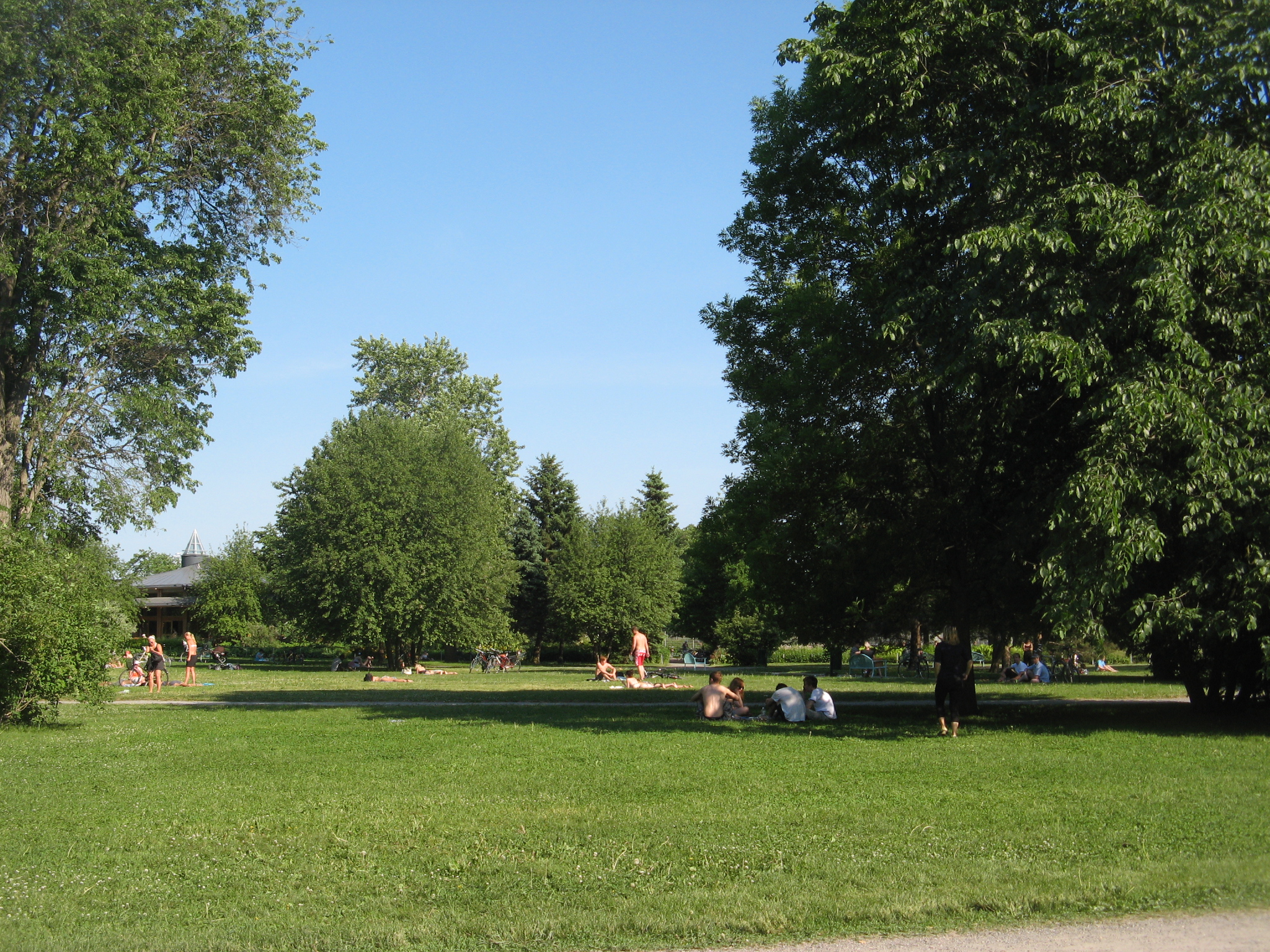Open spaces
Enlarge text Shrink textIn land-use planning, urban green spaces are open-space areas reserved for parks and other "green spaces." These include plant life, water features – also known as blue spaces – and other kinds of natural environments. Most urban open spaces are green spaces, though some may consist of other types of open areas. The landscape of urban open spaces can range from playing fields and other highly maintained environments to more natural landscapes that appear less managed. Urban green spaces may also include areas that are not publicly accessible, such as privately owned higher education campuses, school sports fields, allotments, neighborhood or community parks and gardens, and corporate campuses. Areas outside city boundaries, such as state and national parks or rural open spaces, are not generally considered urban open spaces. Boulevards, piazzas, plazas, and urban squares are not consistently classified as urban open spaces in land-use planning. Urban greening policies help revitalize communities, reduce financial burdens on healthcare, and improve quality of life. By promoting the development of parks, green roofs, and community gardens, these policies contribute to cleaner air, mitigate urban heat effects, and create spaces for recreation and social interaction. Most policies focus on community benefits and reducing negative effects of urban development, such as surface runoff and the urban heat island effect. Historically, access to urban green space has favored wealthier and more privileged communities. Recent urban greening has increasingly focused on environmental justice concerns and community engagement in the greening process. In particular, in cities with economic decline, such as in the Rust Belt in the United States, urban greening has broad community revitalization impacts. Urban green spaces have been shown to have a wide-reaching positive impact on the health of individuals and communities near said green space.
Read more on Wikipedia >
 Topic
Topic


.jpg)






